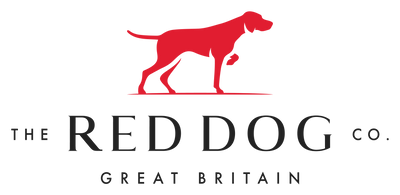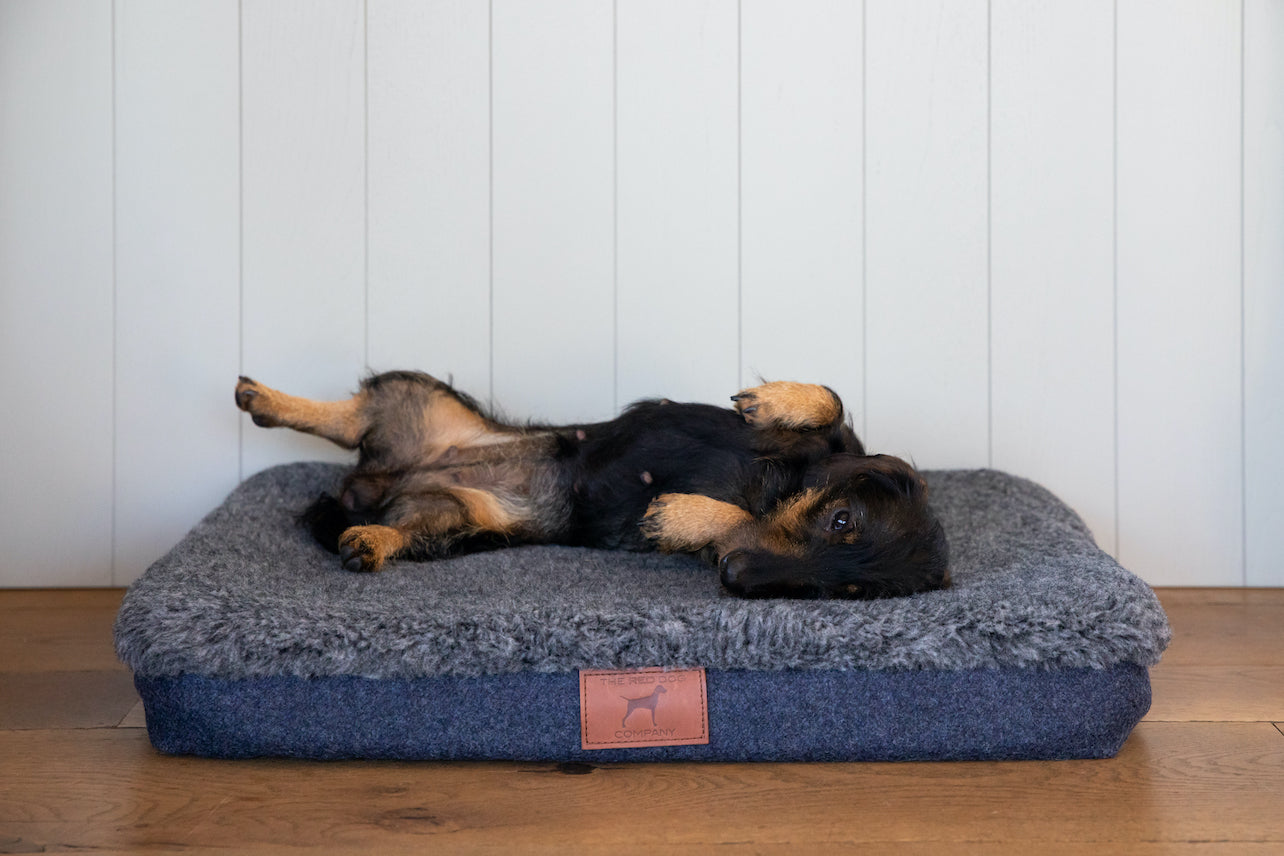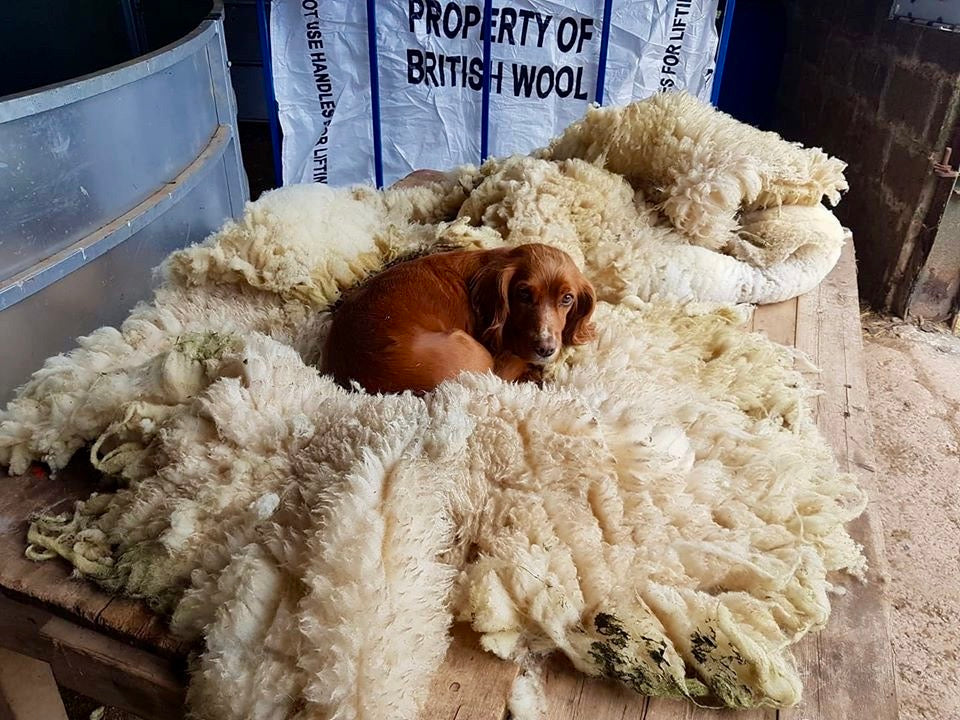Osteoarthritis in Dogs.
Arthritis is the most common cause of chronic pain in dogs. It can’t be cured but an early diagnosis allows a management plan to be put in place to slow progression and control the pain more effectively. Health schemes are in place to minimise the tendency towards osteoarthritis in susceptible breeds.
What is Osteoarthritis?
Osteoarthritis (OA) is caused by degeneration of normal structures within a joint, including the cartilage and subchondral bone, this causes pain and reduces the use of that joint. Reduced movement causes the surrounding muscles, ligaments and tendons to weaken and the joints to become stiff. Over time the brain becomes more aware of the constant pain and the signal is magnified.
What causes arthritis in dogs?
Causes of arthritis in dogs can broadly be divided into developmental or acquired.
Acquired disease - the dog was not born with a genetic predisposition to develop joint malformations but circumstances such as trauma, immune mediated joint disease, or infection within the joint, have caused it.
Developmental disease - the dog’s genetic code was responsible for sub optimal joint formation that becomes apparent as the dog grows. Environmental factors such as nutrition, with improper weight gain, and rapid growth rate, or an inappropriate exercise regime can magnify this genetic predisposition. Common examples include Hip Dysplasia (HD) and Elbow Dysplasia (ED).
With HD, changes to the hip joint will begin at a young age as the puppy grows and becomes more active, these will worsen over time. These changes include alterations to the shape of the hip ball and socket and the development of OA.
Elbow dysplasia (ED) also begins in puppyhood with altered cartilage formation having consequences for joint function and leading to OA, lameness and pain that can affect the dog for the rest of its life.
Which breeds are most at risk of developmental arthritis?
Many breeds and cross breeds are at risk of developing elbow or hip dysplasia but it is the medium to large breeds that are overrepresented, including Labrador Retriever, Golden Retriever, Rottweiler, German Shepherd Dog, Newfoundland and Bernese Mountain Dog.
What health schemes are in place to minimise developmental arthritis?
The Hip Dysplasia Scheme was established by the British Veterinary Association (BVA) and Kennel Club (KC) in 1965 and the Elbow Dysplasia Scheme followed in 1998. Both schemes work towards reducing the incidence and severity of these inherited orthopaedic conditions.
The schemes use radiographs (x rays) to screen for abnormalities associated with Elbow or Hip Dysplasia (HD) and these are reviewed and scored by BVA appointed expert veterinary surgeons. Dogs must be at least 1year old to take part in the schemes.
All radiographs submitted to these schemes are scored. The lower the score the lower the degree of HD present. The best score for each hip is zero and the worst is 53, giving a possible final Hip Score of 0-106. More than 180 breeds and 250,000 dogs have taken part in the scheme and the BVA calculate and publish the Breed Median Score.
The ED grading system is simple. Elbows are awarded a score of 0-3 with 0 being radiographically normal, 1 for mild OA, 2 for moderate or a primary lesion with no OA and 3 having severe OA or a primary lesion with OA. Ideally dogs with ‘normal’ elbows ie grade 0 should be chosen and certainly not dogs scoring grade 2 or grade 3.
Hip and Elbow scoring should be considered as part of a responsible breeding plan. Sires and bitches for breeding stock should have low scores, below the breed median score, and ideally be the ones whose parents and offspring have achieved consistently low scores. To prevent hip and elbow dysplasia we need to stop breeding from dogs with the conditions, even from those dogs that are sub clinically affected- that’s to say exercise freely and are not lame but have high ED and HD scores.
Alison graduated from Cambridge University, in Veterinary medicine and surgery, in 1999. She initially worked in mixed practice before concentrating on domestic animals for the next 16 years. When Alison isn’t working as a vet, she is helping The Red Dog Company make the very best dog beds and accessories available.
#thereddogcompany #labrador #bassethound #frenchbulldog #Intervertebraldiscdisease #ivdd #orthopeadicdogmat #memoryfoamdogmat #orthopaedicdogbed #memoryfoamdogbed #osteoarthritisdogs #osteoarthritis #hipdysplasia #elbowdysplasia



